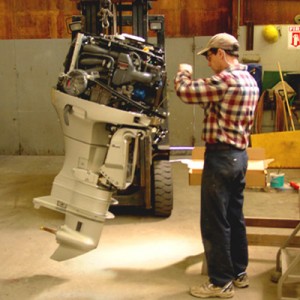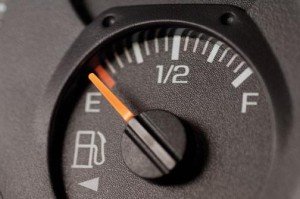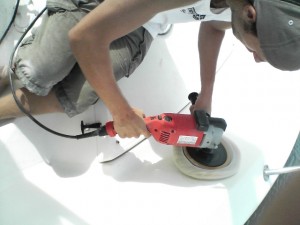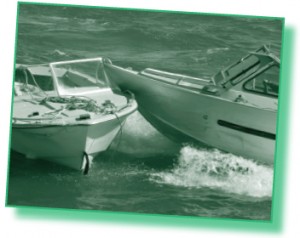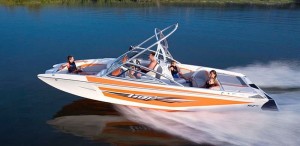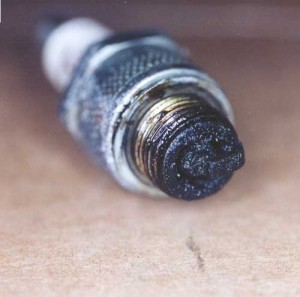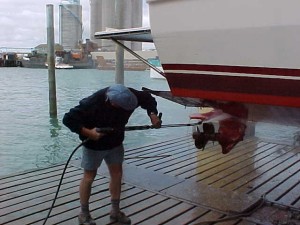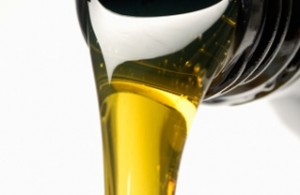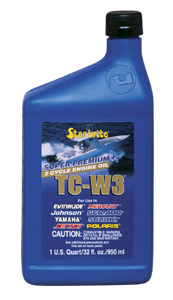Outboard Motor Maintenance: Part Three
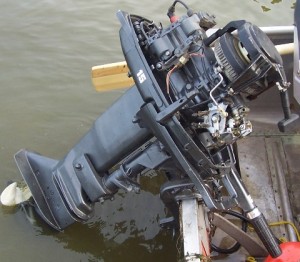 Now that the engine has been flushed, you can turn off the engine and turn your attention to the fuel aspect of engine maintenance. Never use fuel that is over two months old, which means you must refrain from using the same fuel from last season. Start by inspecting the fuel lines and primer bulb for cracks and other signs of wear. Ensure all of the fuel line fittings are secure and there is no rust on the fuel tanks or the clamps.
Now that the engine has been flushed, you can turn off the engine and turn your attention to the fuel aspect of engine maintenance. Never use fuel that is over two months old, which means you must refrain from using the same fuel from last season. Start by inspecting the fuel lines and primer bulb for cracks and other signs of wear. Ensure all of the fuel line fittings are secure and there is no rust on the fuel tanks or the clamps.
Open the engine cover and check to see if there is any leakage. Lubricate all of the moving parts in the engine, including the shift and carb valves. And if your have a four-stroke engine, don’t forget to change your Yamalube 2S oil.


